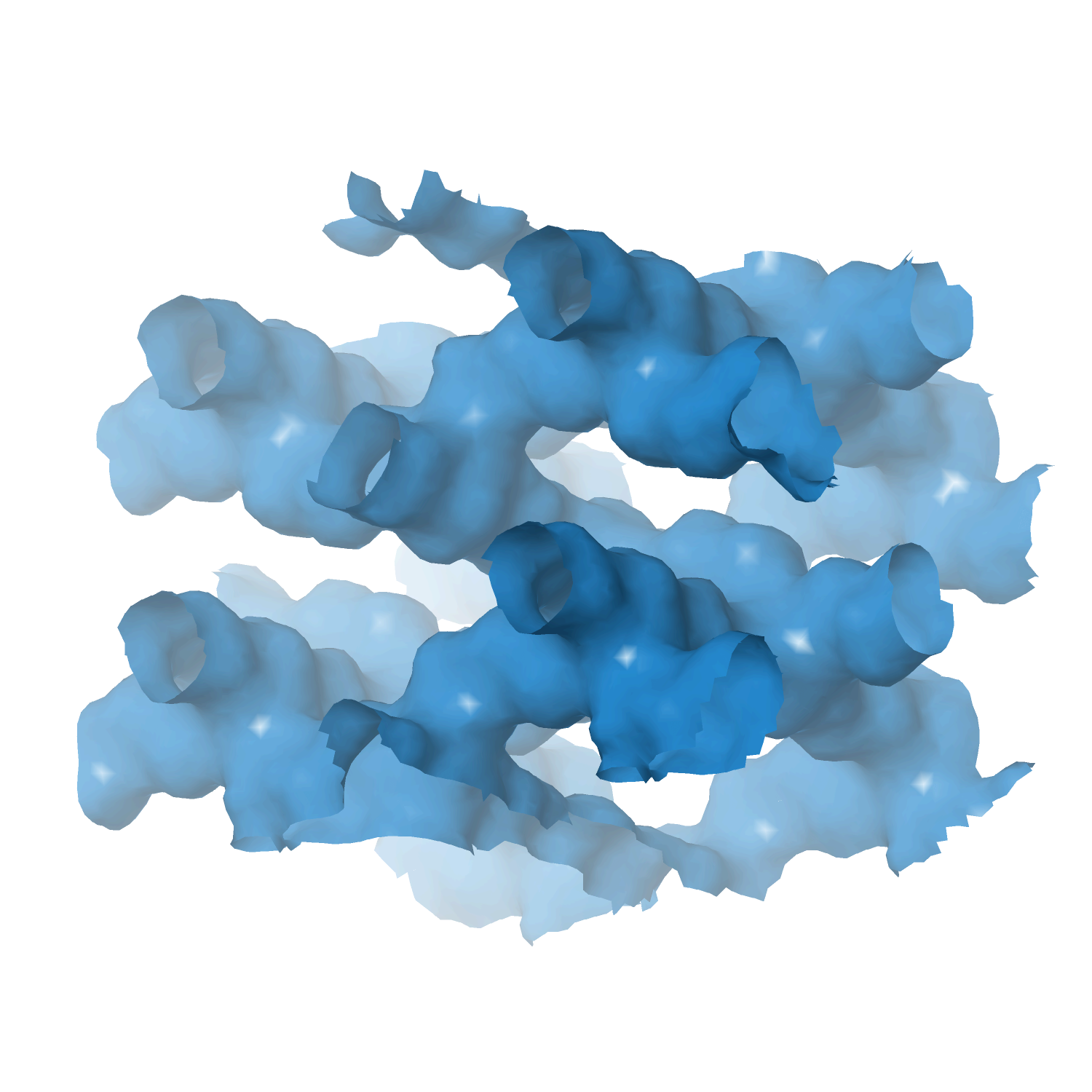Heterogeneous catalyst engineering ⇒ from stable and deactivation resistant to viable technical catalyst
Advances in heterogeneous catalyst “structure” are driven to improve their “function” or performance, i.e., activity, selectivity, and stability. Cooperative research is required to understand the structure and function relationships: developing new synthesis protocols for heterogeneous catalysts with unique surface properties, defined porosity, identification and understanding of catalytically active sites, reaction mechanisms, and finally, prediction and analysis of the processes using various computational tools.
Our group focuses on developing new catalyst formulations using innovative synthesis routes for various important heterogeneous catalysts. That includes thermal, electro, and bio-electro catalysis.
The active phase cannot be used directly in its final application or reactor for various reasons, including poor mechanical resistance, heat or mass transport, and fluidization features. We must mix the active phase with other ingredients in a matrix of binder and filler, while we shape it into a technical catalyst. We investigate new synthetic protocols for technical catalysis using spray drying and fluidized beds to cover the whole range of sizes. At the same time, we incorporate additional (unconventional) ingredients such as SiC to improve some features even further.
- Technical catalyst I ⇒ spray drying and extrusion
- Technical catalyst II ⇒ spray fluidized bed reactor
- Technical catalyst III ⇒ electrospinning
- Zeolite catalysts ⇒ with defined structure/porosity
- Multi-metal (high entropy) alloy catalysts
- MXene catalysts ⇒ single and multi-dimensional
- Perovskite catalysts
- Metal-organic framework (MOFs) catalysts
- Supported metal/metal-oxide catalysts
- Aerogel catalyst
Silicon carbide in catalysis: from inert bed filler to catalytic support and multifunctional material
by
Kulkarni, Velisoju, Tavares, Dikhtiarenko, Gascon, Castaño
Catal. Rev.
Year:
2023
DOI:
https://doi.org/10.1080/01614940.2022.2025670
Abstract
Silicon carbide (SiC) or carborundum has unparalleled thermal stability and conductivity compared with many other materials. This feature together with its unique photoelectrical properties (tunable band gap: 2.39–3.33 eV), low thermal expansion, high strength, and good chemical and thermal stability makes it an ideal inert solid in catalysis. The evolution of methods for synthesizing SiC has also progressively endowed it with additional features at the multiscale. This review tracks the development of SiC from a secondary to a leading role material in catalysis. First, the intrinsic properties of SiC are discussed and compared with other state-of-the-art catalytic materials. The synthetic methods are systematically reviewed and compared. Then, the applications of SiC in catalysis are assessed, paying particular attention to those that involve C1 chemistry (Fischer–Tropsch Synthesis and the valorization of CO2 and CH4), photocatalysis and biomass conversion. Finally, the potential future applications of SiC are also addressed and discussed.
Keywords
CO2
CHA
REF
HCE
